Welcome to The Zone! This article is Part 7 in the Gardentabs Zone Series, where we look at all USDA Plant Hardiness Zones and recommend the top 17 plants for your region.
Zone 4a
USDA Zone 4a sees winter lows ranging from -30 to -25 °F (-34.4 to -31.7 °C). In the United States, this zone covers portions of states such as Minnesota, North Dakota, South Dakota, Montana, Wisconsin, Michigan, and Maine.
Internationally, Zone 4a includes areas within Canada, particularly regions within Alberta, Manitoba, Ontario, and Quebec.
It also extends to northern European regions, including parts of Norway, Sweden, and Finland. In Russia, cities like St. Petersburg and areas of Siberia fall within this zone.
Zone 4a experiences cold, lengthy winters and short to moderate summers that can range from cool to warm.
The growing season is somewhat limited due to the colder conditions, requiring plants to have resilience against freezing temperatures and potentially harsh climates.
Here are 17 of the Best Plants to Grow in Zone 4a
1. Norway Spruce (Picea abies)
This fast-growing evergreen tree can soar to an impressive 100 feet tall, thriving in various soil conditions and full sunlight.
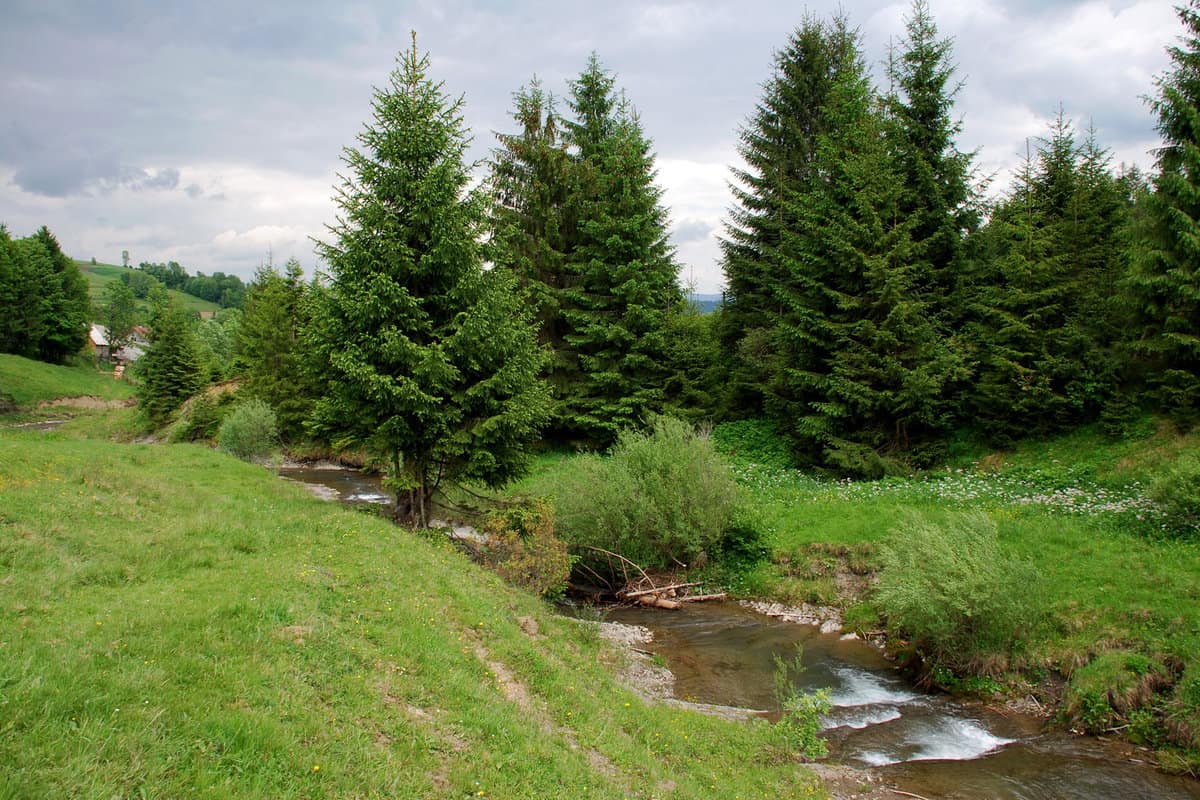
It's a resilient choice for a winter landscape, offering year-round greenery.
Read more: Should I Remove Cones From Spruce Tree?
2. Quaking Aspen (Populus tremuloides)
This deciduous tree, reaching up to 50 feet tall, is celebrated for its vibrant yellow fall foliage and the unique fluttering of its leaves in the wind.
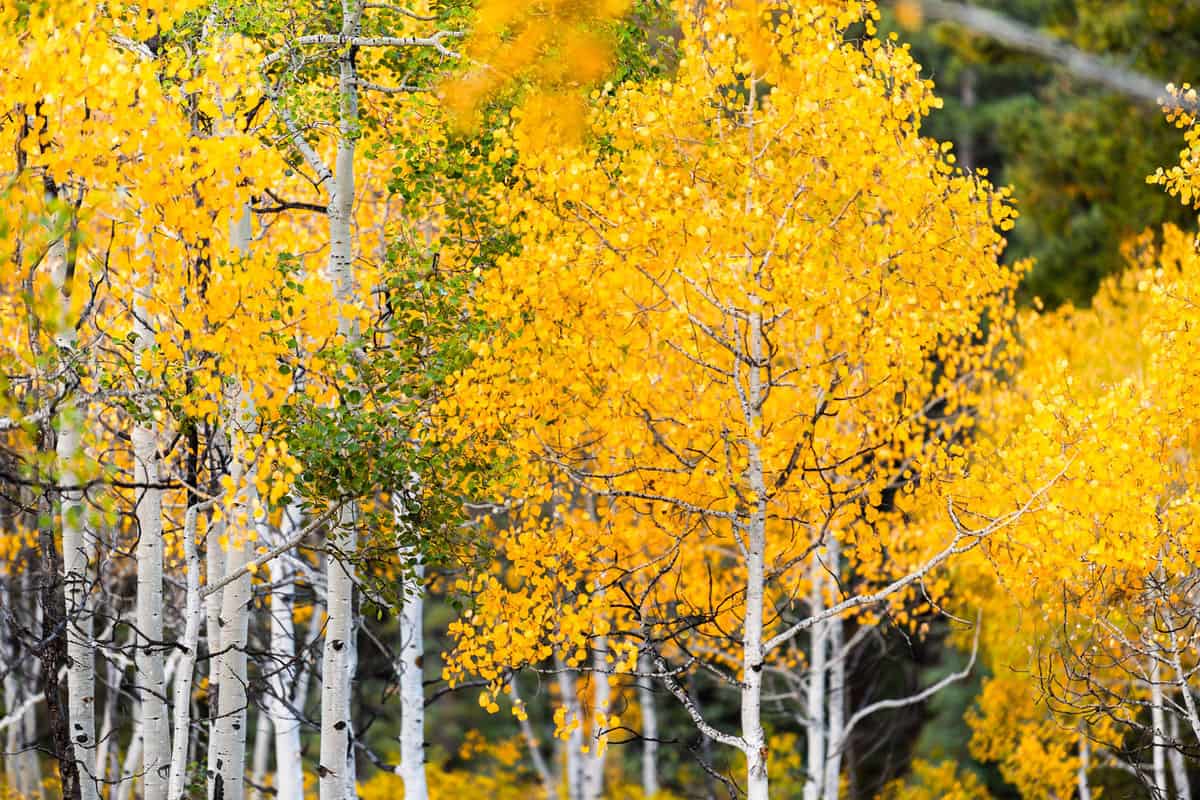
It flourishes in full sun and well-drained soil.
3. American Cranberrybush (Viburnum trilobum)
This deciduous shrub grows up to 12 feet tall and produces white flowers in the spring and bright red berries in the fall.
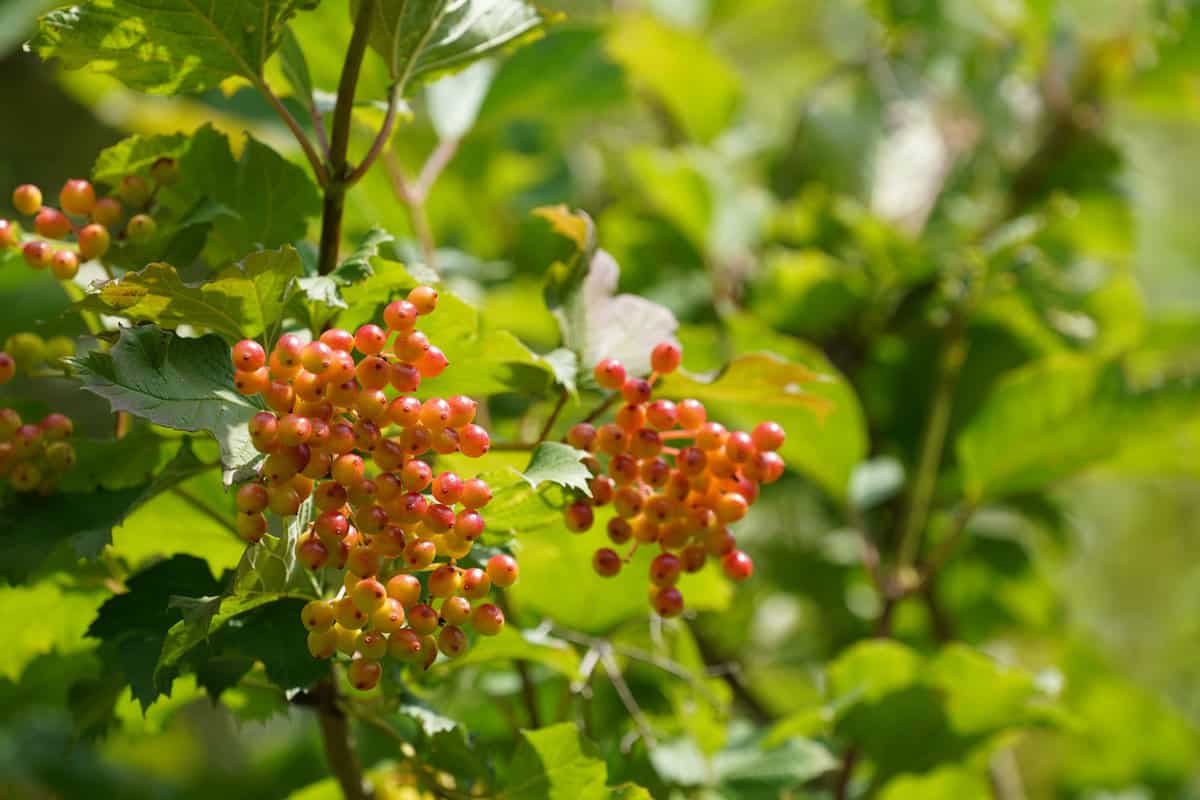
It's an excellent option for a wildlife garden, attracting birds and other fauna.
4. Snowberry (Symphoricarpos albus)
A hardy deciduous shrub growing up to 6 feet tall, known for its attractive white berries that persist into winter, providing sustenance for birds.
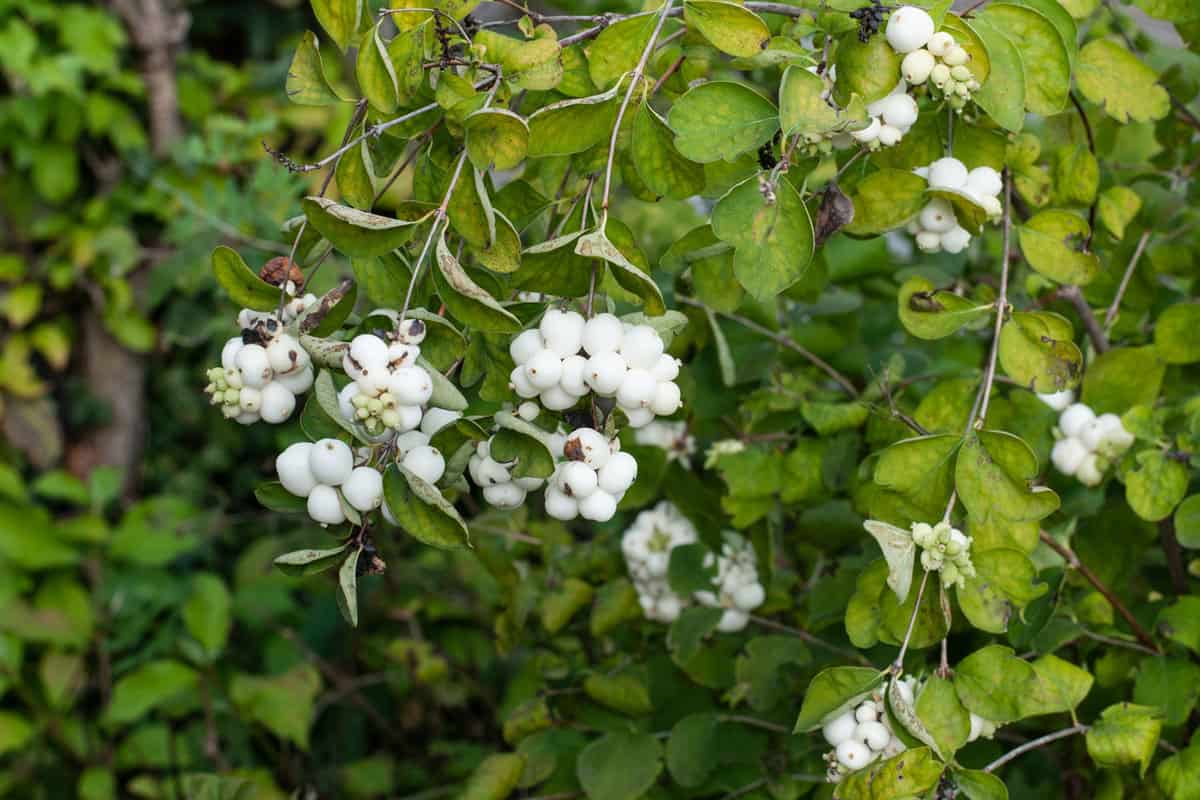
It tolerates many soil conditions and prefers full sun to partial shade.
5. Creeping Phlox (Phlox stolonifera)
This perennial ground cover reaches up to 1 foot tall, producing a carpet of vibrant flowers in the spring.

An excellent choice for rock gardens, it thrives in well-drained soil and full sun to partial shade.
6. Hosta (Hosta spp.)
These popular shade perennials can grow up to 2 feet tall, depending on the variety.

With lush, variegated foliage, they're a staple in woodland gardens and thrive in partial to full shade.
7. Siberian Iris (Iris sibirica)
This hardy perennial, growing up to 3 feet tall, blooms with elegant blue-violet flowers in late spring.
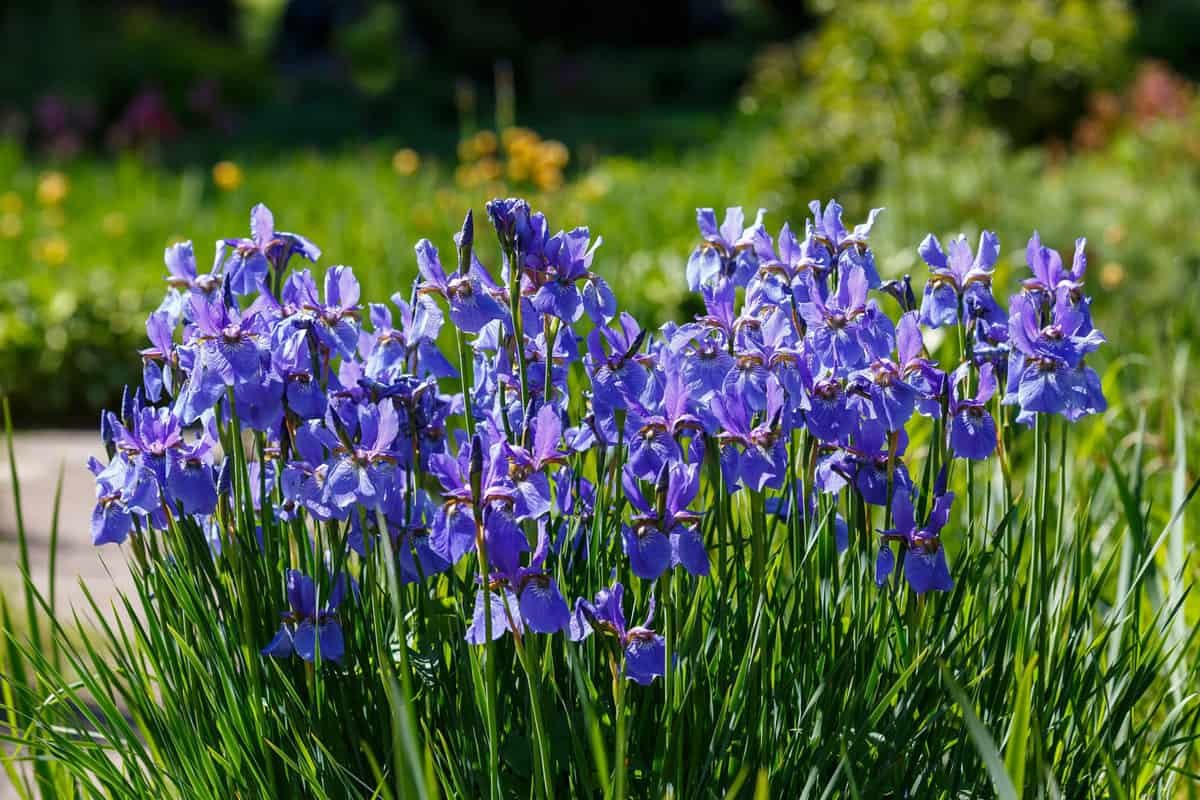
It's a standout in borders, preferring full sun to partial shade and moist, well-drained soil.
8. Peony (Paeonia spp.)
These perennial plants, reaching up to 3 feet tall, are loved for their fragrant, large, showy flowers that bloom in late spring to early summer.

Peonies are a classic choice for cottage gardens, thriving in full sun and well-drained soil.
9. Daylily (Hemerocallis spp.)
This perennial plant, growing up to 4 feet tall, produces a profusion of flowers in various colors throughout the summer.
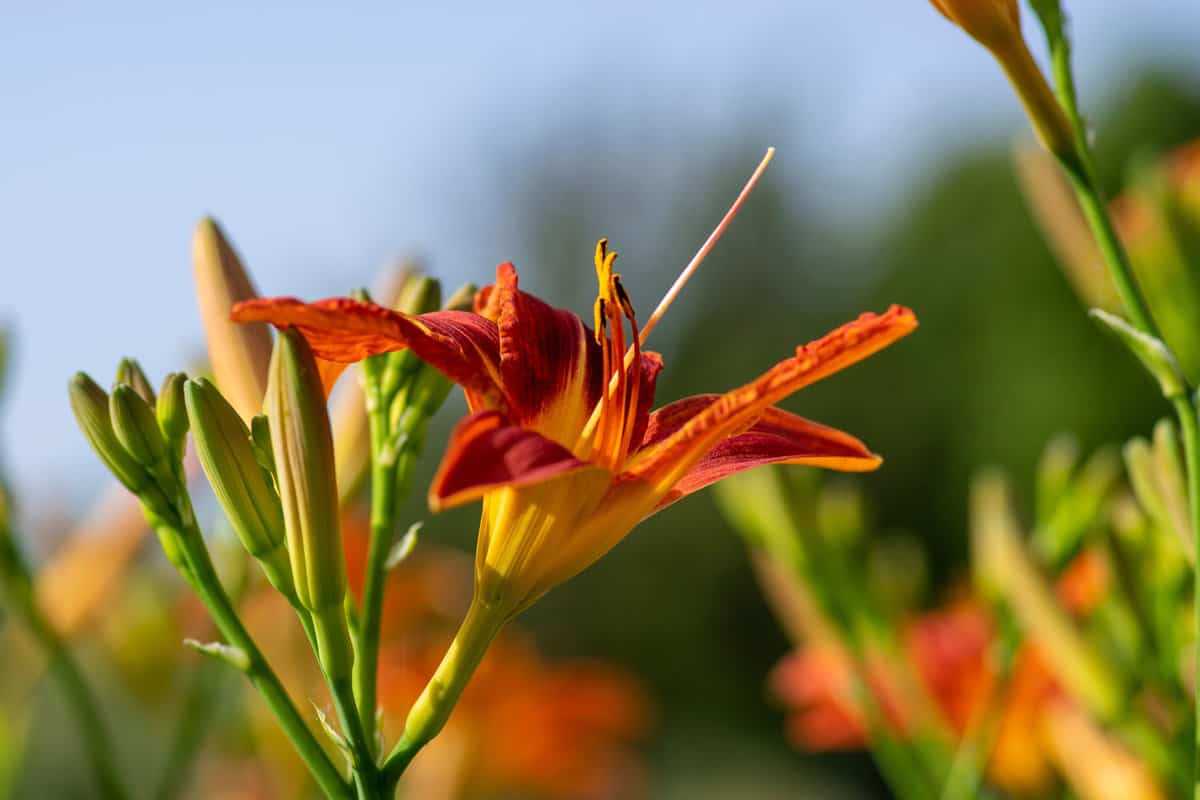
Perfect for border plantings, daylilies prefer full sun to partial shade and well-drained soil.
Read more: 10 Zone 4 Perennials That Bloom All Summer
10. Lupine (Lupinus spp.)
This perennial, reaching up to 4 feet tall, produces tall spikes of colorful flowers in late spring to early summer.
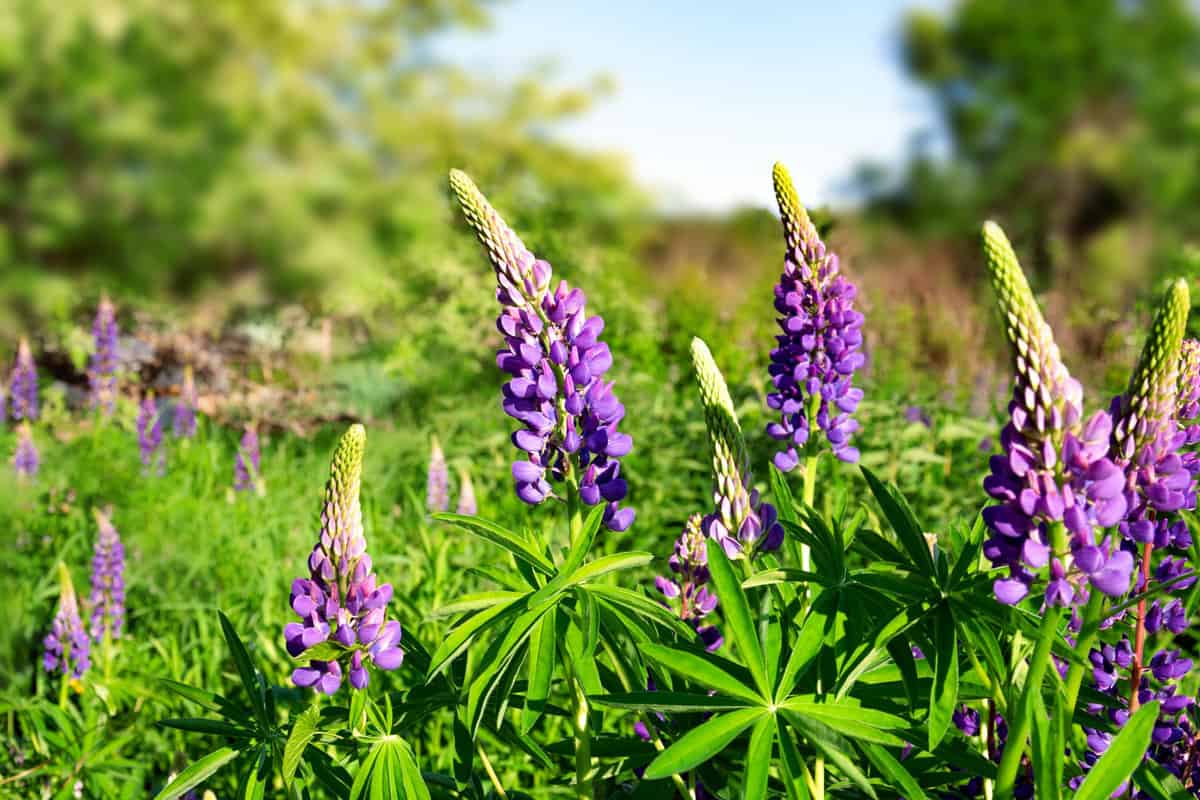
Lupines add vertical interest to flower beds and thrive in well-drained, slightly acidic soil and full sun to partial shade.
11. Bleeding Heart (Dicentra spectabilis)
This attractive perennial, growing up to 3 feet tall, produces heart-shaped pink or white flowers in late spring.

Ideal for a shade garden, it prefers partial shade and moist, well-drained soil.
12. Black-eyed Susan (Rudbeckia hirta)
This perennial plant, growing up to 3 feet tall, produces bright yellow flowers with a distinctive black center.
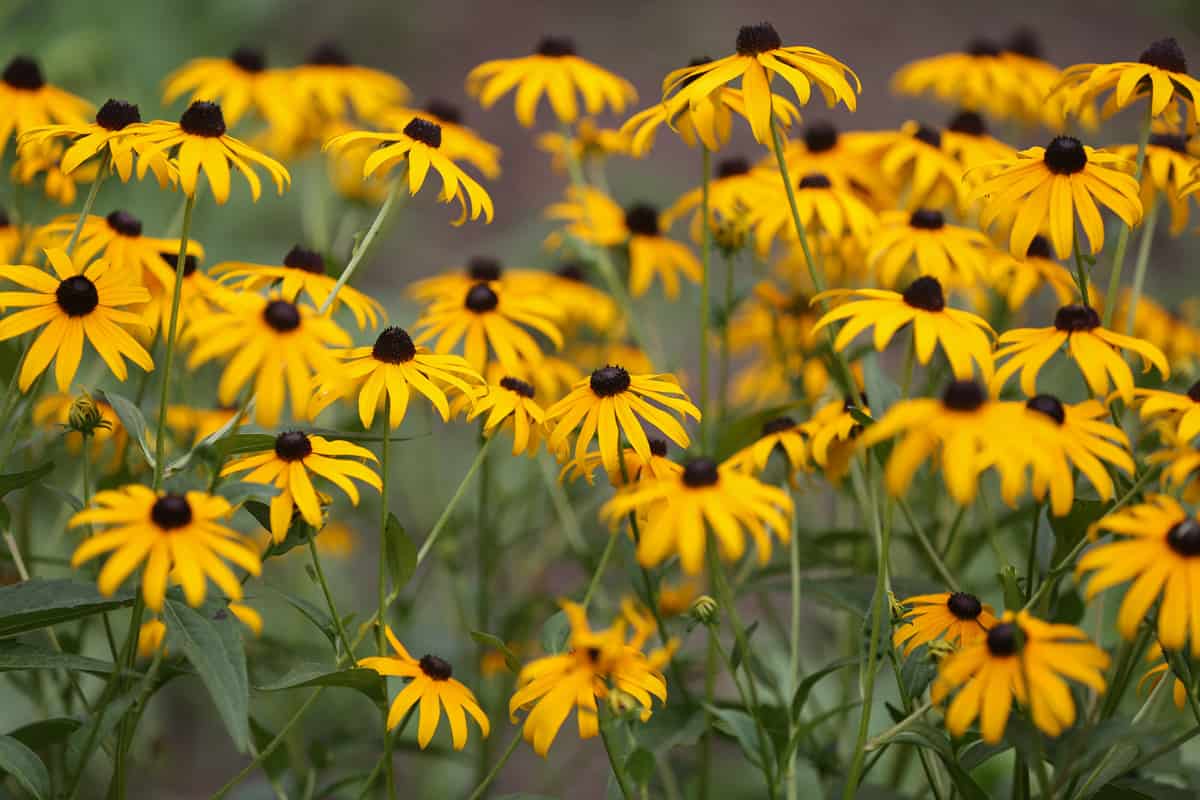
It's an excellent choice for meadows or prairie gardens, thriving in full sun and well-drained soil.
Read more: Why Is My Black-Eyed Susan Not Blooming?
13. Jacob's Ladder (Polemonium caeruleum)
This perennial, reaching up to 2 feet tall, features clusters of blue-violet flowers in late spring to early summer.

Ideal for woodland gardens, it prefers partial shade and moist, well-drained soil.
14. Wild Ginger (Asarum canadense)
This low-growing perennial, growing up to 1 foot tall, thrives in shady areas.
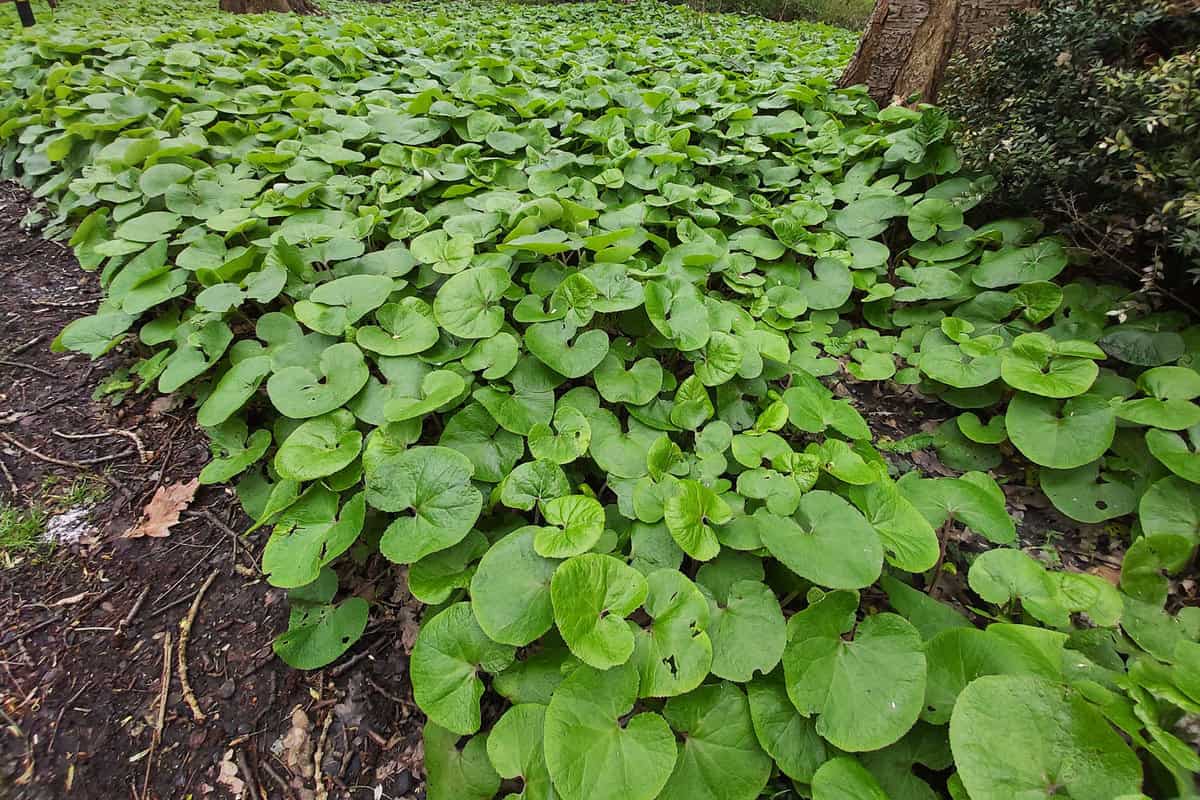
Its heart-shaped leaves make it an attractive ground cover for woodland gardens.
15. Virginia Bluebells (Mertensia virginica)
This woodland perennial, growing up to 2 feet tall, produces clusters of blue bell-shaped flowers in the spring.
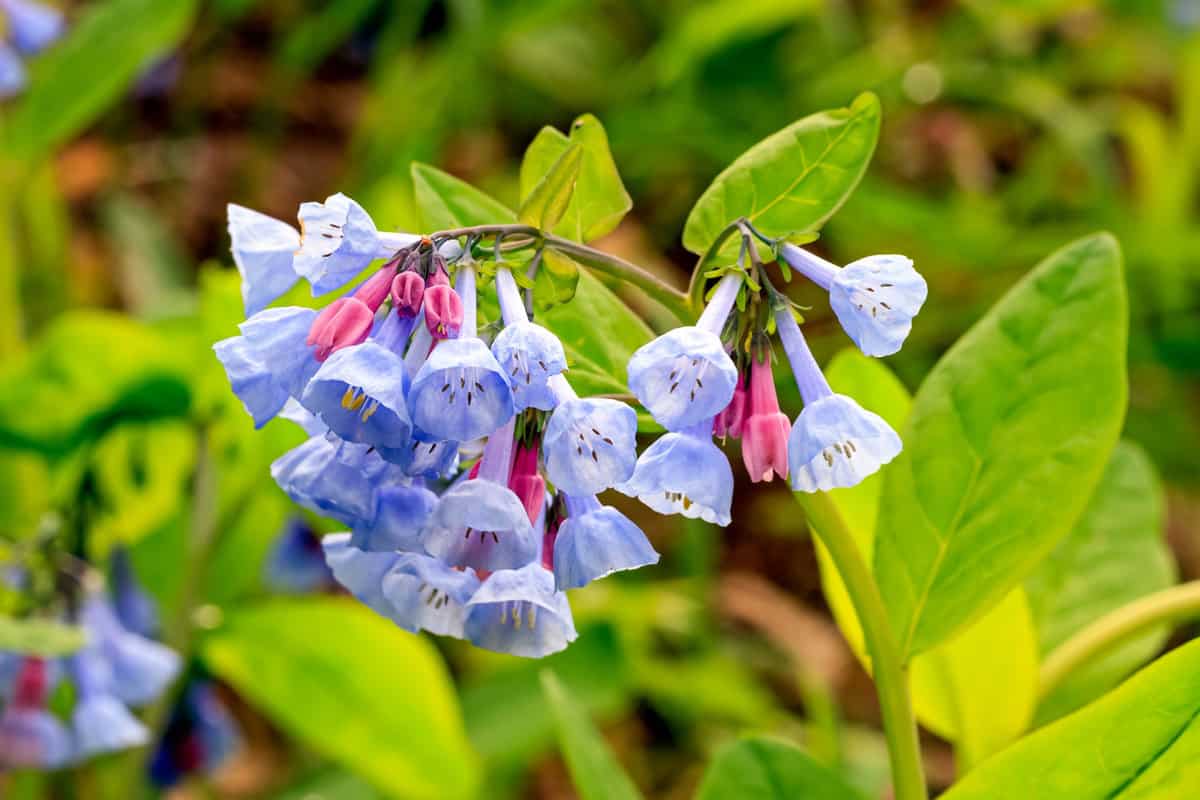
It's a charming addition to any shade garden, preferring partial shade and well-drained soil.
16. Forget-Me-Not (Myosotis sylvatica)
This biennial plant, growing up to 1 foot tall, produces clusters of small, blue flowers in the spring.

It's a wonderful border choice, thriving in partial shade and well-drained soil.
17. White Trillium (Trillium grandiflorum)
This perennial plant, reaching up to 1.5 feet tall, is known for its distinctive white, three-petal flowers that bloom in the spring.

It's a unique choice for a woodland garden, preferring shady locations and rich, well-drained soil.
Resilience and Adaptability
Navigating the gardening world in Zone 4a is about understanding your plants' needs.
Providing the right soil conditions, adequate water, and protection from the elements can help plants thrive.
Your garden can be a testament to resilience and adaptability, flourishing in the face of challenging climatic conditions.
